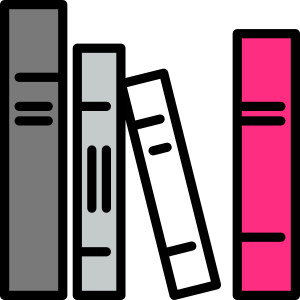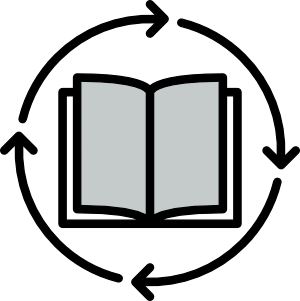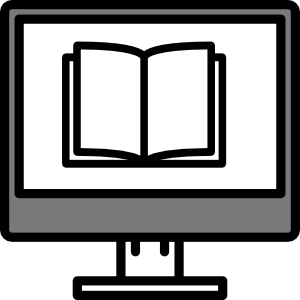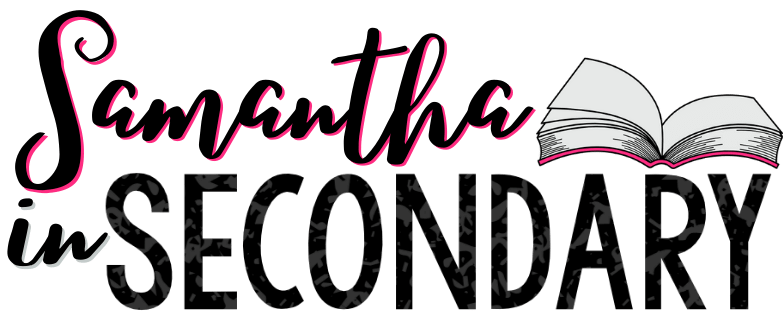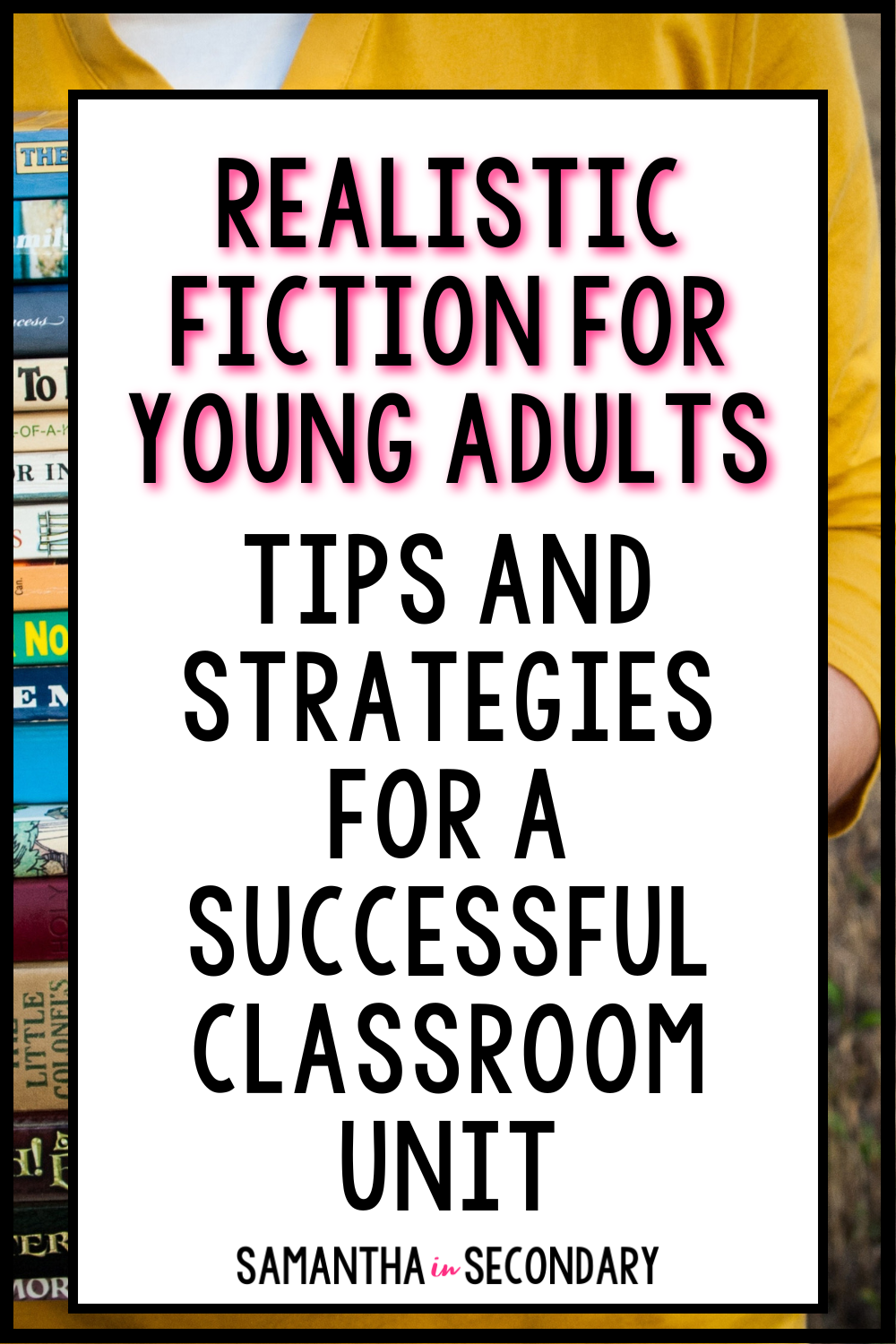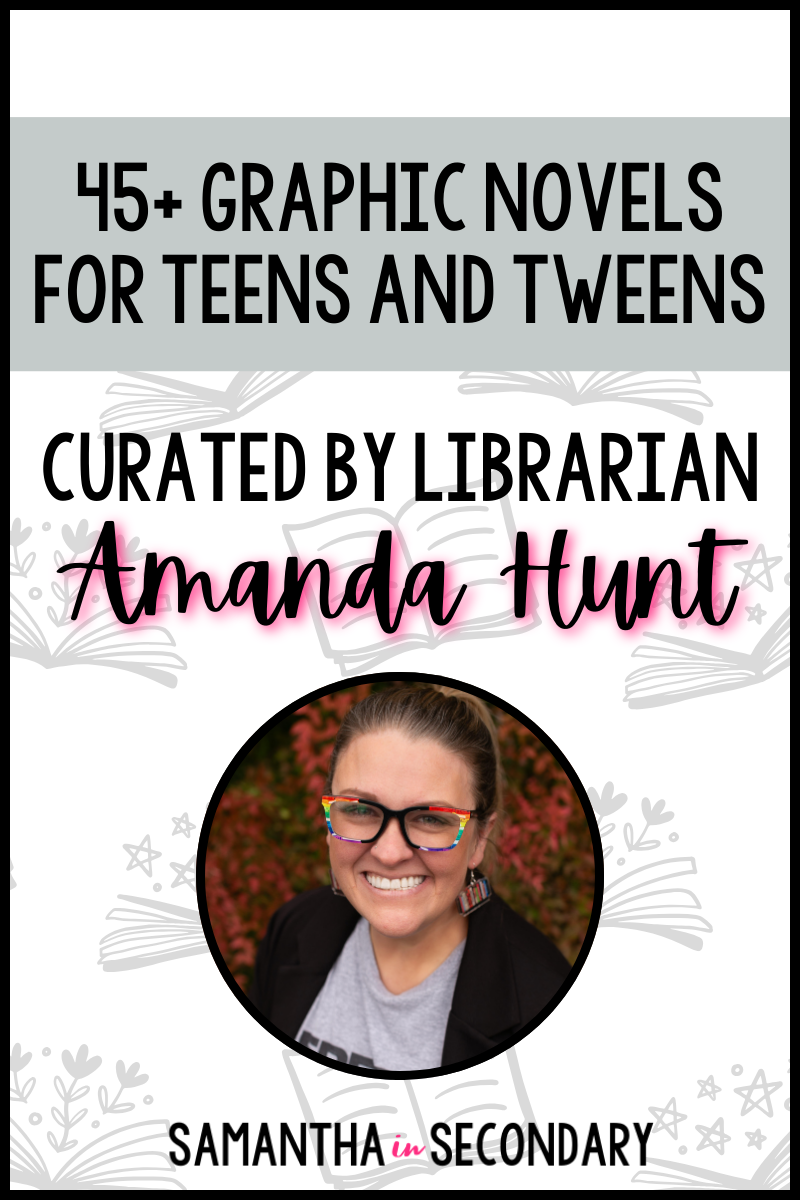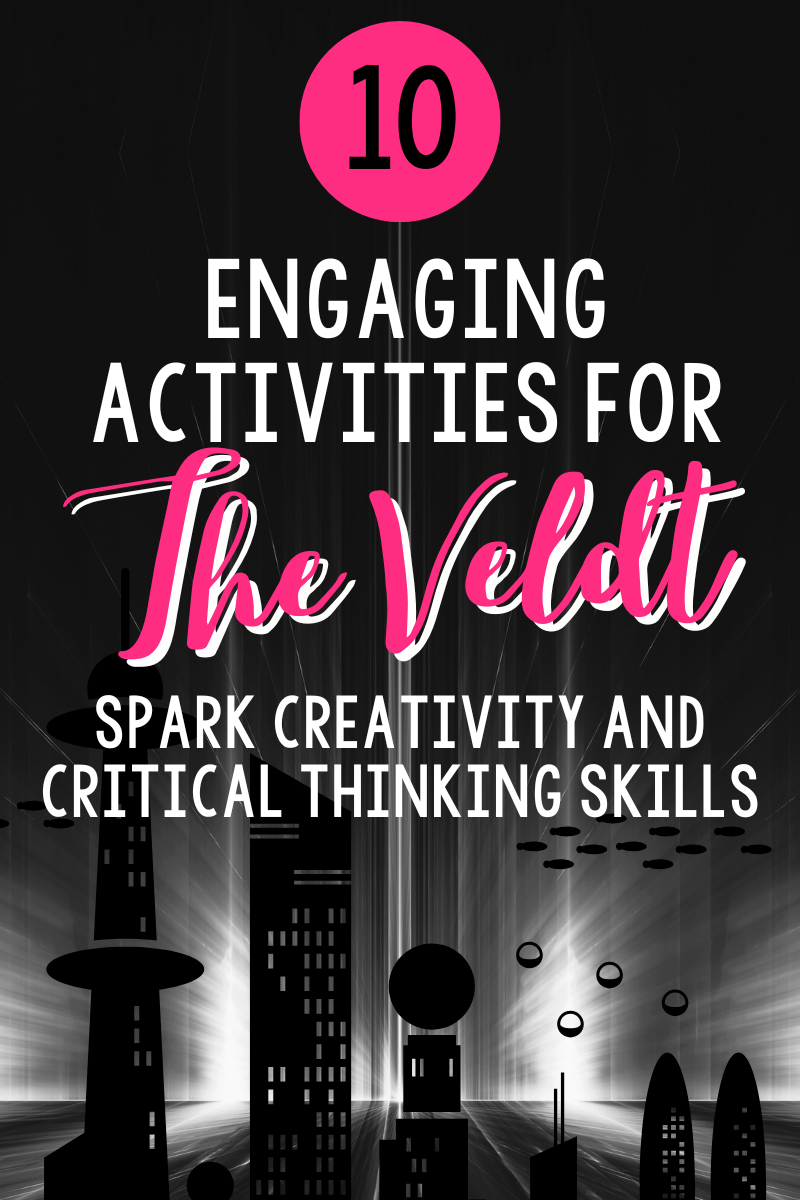I’ve always been of the opinion that high school English classes should run a True Crime unit. There is a reason mystery is one of the highest selling genres in print and on screen. True crime is a captivating form of storytelling that provides students with the opportunity to delve into the past while exercising their critical thinking skills. By creating a True Crime unit in your classroom, you can expose students to different types of literature, help them develop strong research skills, and create meaningful connections between historical events and written texts.
In this blog post, we’ll look at best practices for introducing True Crime topics in the high school English classroom. We’ll explore how educators can use True Crime as an intriguing way of exploring traditional curriculum topics like media literacy and critical thinking and I’ll do a deep dive into my own vision for a True Crime unit.
Ideally, my True Crime unit would feature three main components: a literature circle segment featuring high-interest young adult reads, an anchor text to explore together in class, and supplemental nonfiction materials. Time permitting, I’d also add a short research project to the nonfiction segment if possible. I’ll discuss these parts separately and then explain how to tie them together at the end.
Let’s plan it, shall we?
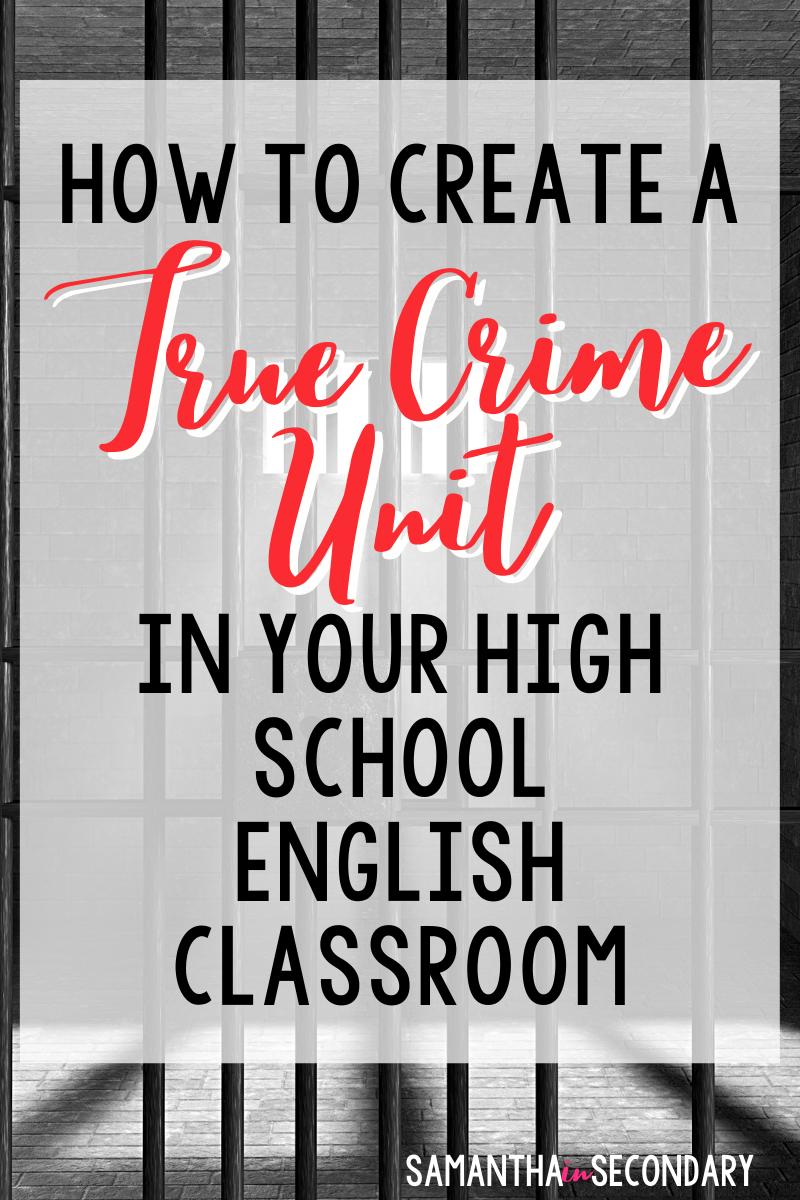
True Crime Unit Component #1: Literature Circles
I have always been a fan of running literature circles right alongside my regular curriculum. I actually wrote an entire blog about exactly how I do it for Ashley over at Building Book Love, so click here to read it if you need tips for running literature circles and an anchor text simultaneously.
Here are the novels I’d feature:
- Burn Baby Burn by Meg Medina: Nora is 17 and navigating life in 1970s while a serial killer known as the Son of Sam is on the loose. It’s an intriguing story all it’s own and it’s connection to the true crime story is handled with care.
- Stalking Jack the Ripper by Kerri Maniscalco: A 17-year-old girl, Audrey Rose Wadsworth, leads a double life of privilege and secret forensic medicine study. Her work eventually entangles her in the search for a serial killer.
- See What I Have Done by Sarah Schmidt: This novel recounts the chilling story of Lizzie Borden and the murder of her parents.
- Out of the Easy by Ruta Sepetys: This novel follows Josie, as she devises a plan to be more than just the “daughter of a prostitute” in 1950s New Orleans. Sepetys has said this novel is loosely based on Norma Wallace, a noted Madam of New Orleans prostitution trade.
- The 57 Bus by Dashka Slater: Based on the true story that took place in Oakland, California, The 57 Bus explores a single reckless act that turned two teenagers’ worlds upside down.
I would suggest partnering with your media specialist or local YA librarian for even more choices if you’d like to expand your options even further.
I’d introduce these novels using book speed dating or a book tasting. Students would receive approximately 10 minutes or so of reading time per day for these novels. I’d use one of my during reading strategies to help them track their understanding. Then, I’d assess the reading using a creative choice reading assessment.
True Crime Unit Component #2: Anchor Text
This would be the text that the entire class works with on a daily basis. You’d pull all of your day-to-day lessons from it while close reading pieces of it in class. I would specifically choose a book that highlights a case you and your students can follow together. Tracking data like this is an excellent way to consistently hit the RL1 standard.
My favorite novel to use as an anchor text for this type of unit is Just Mercy by Bryan Stevenson. When I run a unit like this, I would track Walter’s case only. (I believe he’s the odd chapters in the Young Adult version which is truly the only version I’d use with teenagers.) If you want to really get into it, you could even create track the case on the board together.
Other Anchor Text Options:
- In Cold Blood by Truman Capote
- The Borden Murders: Lizzie Borden and the Trial of the Century by Sarah Miller
Working with an anchor text together allows you to model critical thinking and shows students a solid example of the genre. It also allows for ample opportunity to compare and contrast different stories.
True Crime Unit Component #3: Supplemental Nonfiction Materials
I love to add nonfiction into my units to explore how literature connects to the real world. Here are a few examples of articles I’d add to a True Crime unit.
- Why Do We Love True Crime? from NPR
- Why Are We So Interested in Crime Stories? from Psychology Today
- Understanding What Drives Serial Killers from Psychology Today
- What Can Neuroscience Tell Us About the Mind of a Serial Killer from Oxford University Press
Optional: Time permitting, I’d add a research component to this unit by having students explore a notorious true crime story.
I actually have a bundle of close reading activities based on notorious true crimes in my TPT shop. These could easily be adapted for a similar activity if you’re short on time. Split your students into groups of 5, distribute one story per group, and have them report out on their findings. Click here or the photo below to view the bundle.
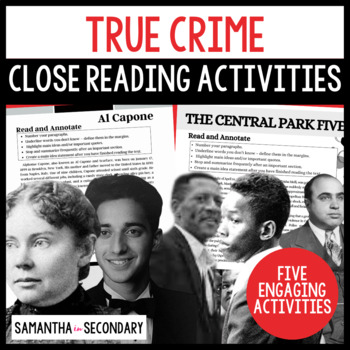
Bringing the True Crime Unit Together
You’ll want to come up with the best way to frame the unit that works for you and your students. I wanted to give a few options here. I don’t believe there is a “one size fits all” way to plan a unit. Choose the method you believe works best for you that you’ll be able to clearly communicate to your students.
Mastery Objectives: Think about what you want your students to get out of a true crime unit. Build your mastery objectives from that. Here are a few examples.
Students will be able to…
- Trace the details of a true crime story from start to finish.
- Provide an objective summary describing the facts of a true crime story.
- Research and deliver a succinct presentation on one true crime story.
- Compare and contrast varying true crime stories and analyze the impact of varying factors on the outcome. (Class, race, sex, location, etc.)
Essential Questions: To be honest, I never used essential questions much, but I know they work for a lot of people, so I wanted to include a few.
- Is justice always served?
- What drives people to do terrible things?
- Why are people so obsessed with True Crime?
Focus Standards: For the literature circle portion, I’d focus on the first three standards. When using the anchor text, I’d dive into the last three. Depending on the specific text you use, you’ll want to decide between RL & RI. Again, these are focus standards to choose from. You can use a little bit of all of them throughout the unit. All standards found here.
- Cite strong and thorough textual evidence to support analysis of what the text
says explicitly as well as inferences drawn from the text. (RL/RI-1) - Determine a central idea of a text and analyze its development over the course
of the text, including how it emerges and is shaped and refined by specific
details; provide an objective summary of the text. (RL/RI-2) - Analyze how the author unfolds an analysis or series of ideas or events,
including the order in which the points are made, how they are introduced and
developed, and the connections that are drawn between them. (RL/RI-3) - Determine the meaning of words and phrases as they are used in a text, including figurative, connotative, and technical meanings; analyze the cumulative impact of specific word choices on meaning and tone (e.g., how the language of a court opinion differs from that of a newspaper). (RL/RI-4)
- Analyze how a particular sentence, paragraph, chapter, or section fits into the overall structure of a text and contributes to the development of the ideas. (RL/RI-5)
- Determine an author’s point of view or purpose in a text and explain how it is conveyed in the text. (RL/RI-6)
I hope this blog has given you plenty of ideas to plan your own True Crime unit. If you have any questions, please feel free to sound off in the comments below or follow me on Instagram.
Happy teaching!

Looking for more fresh ideas for your secondary English Language Arts classroom? Join me for the tips, strategies, and resources you need to take your teaching to the next level right here.
